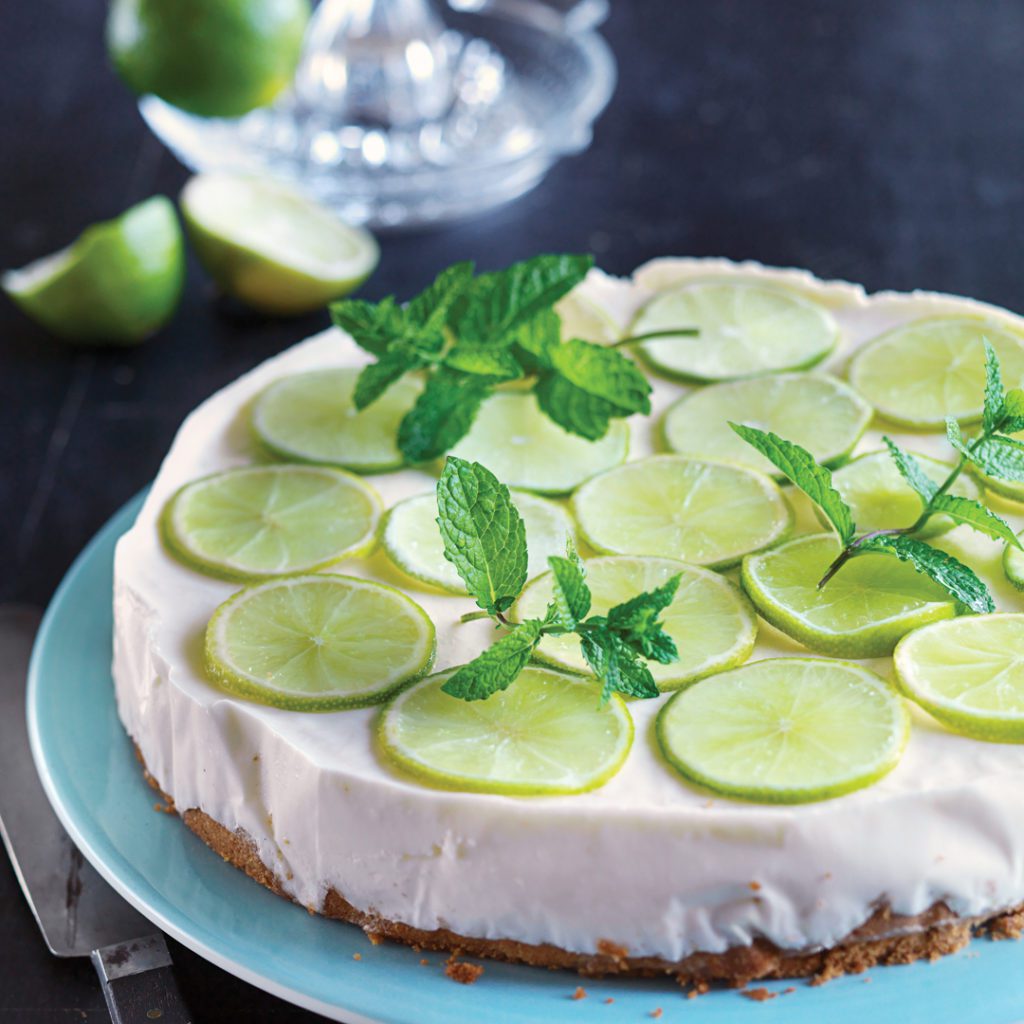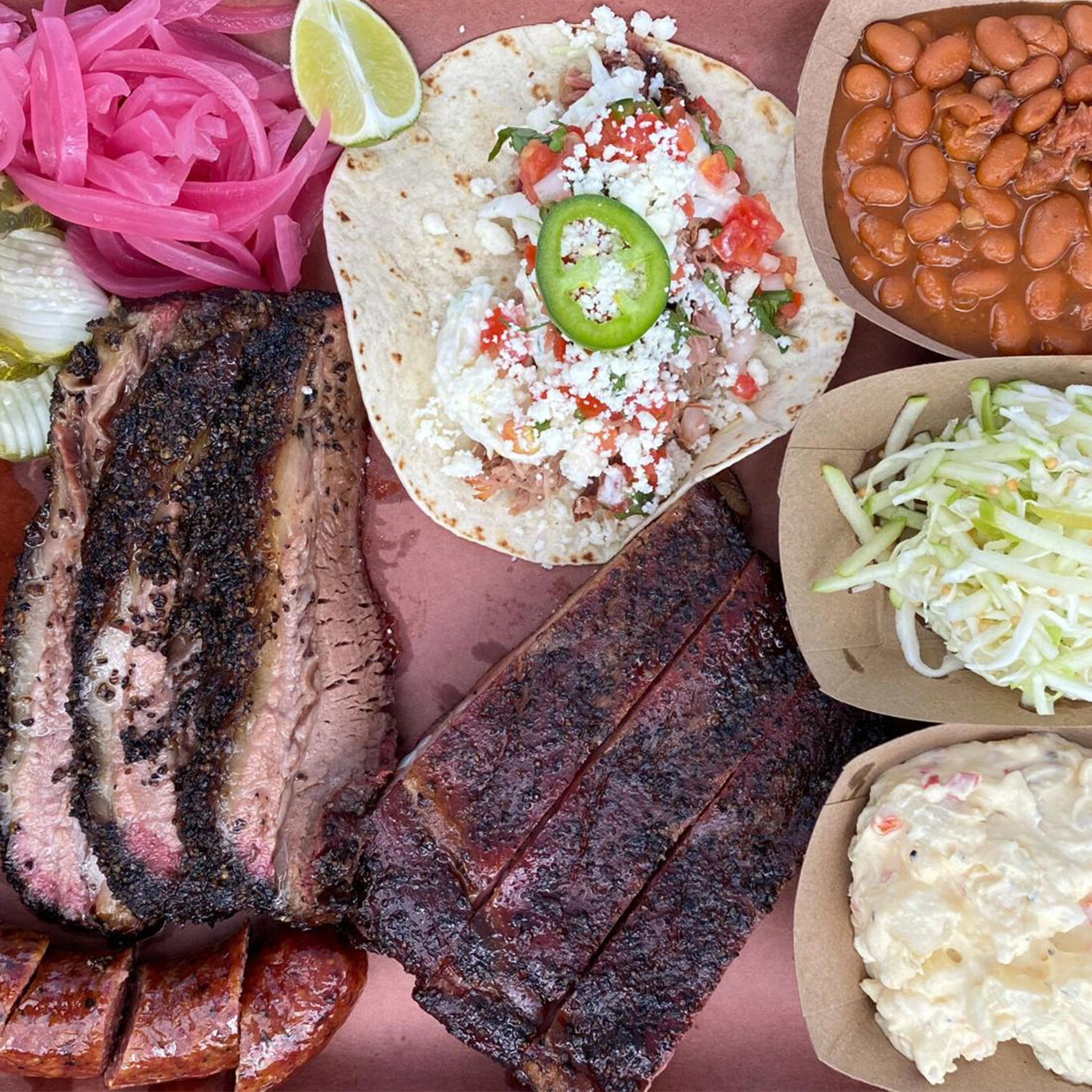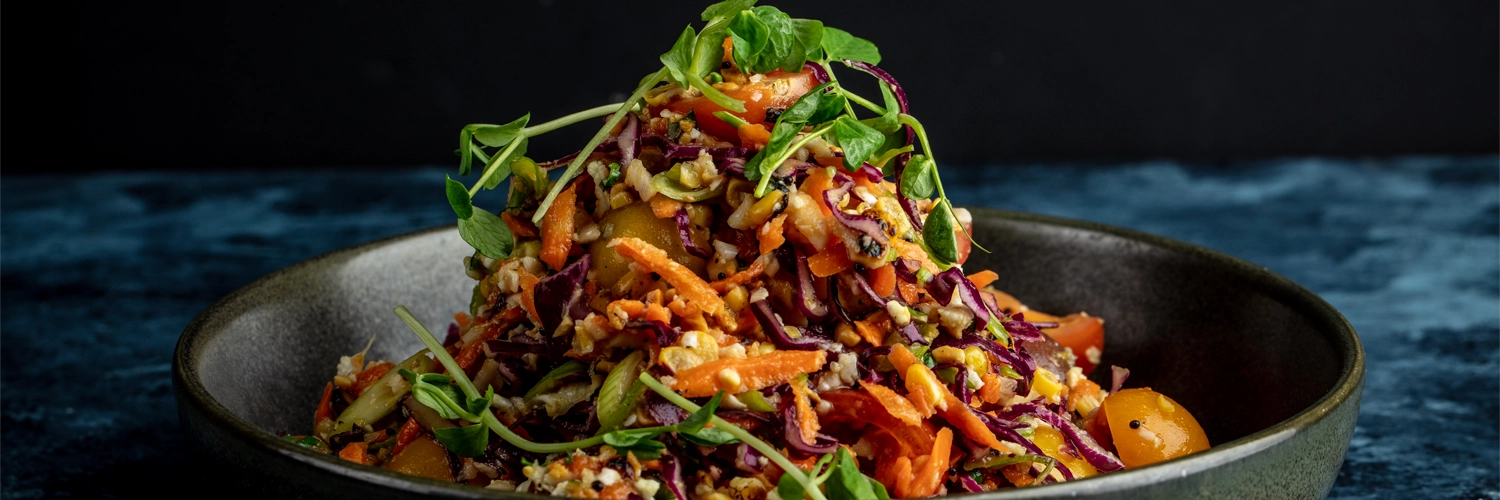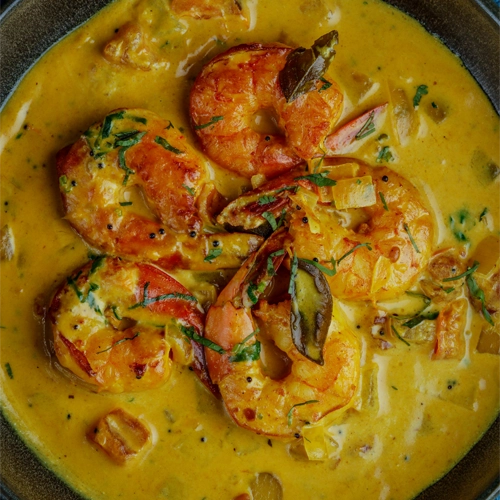Discover the Crazy History of Key Lime Pie
Sponge fishermen can claim credit for the dish that might be more American than any other.

The dish you’d likely name Florida’s state food, the pride of the Keys, more American than apple pie, got its start as a way to prevent scurvy.
Back in the 1800s, Key West sponge fishermen, called “hookers” by the locals, kept limes on board simply to prevent sickness. They’d mix the juice with sweetened condensed milk, sometimes with wild bird or maybe sea turtle eggs. They’d pour the sweet-tangy mixture over stale Cuban bread and leave it in the sun for a bit to set.
Sounds good, right? “Yeah, it’s really, really good,” says David Sloan, author of The Key West Key Lime Pie Cookbook.
Back home, the wives of the sponge fishermen fancied up the treat by baking it in a pie crust. But it remained the modest dessert of the working class until Sarah Jane Lowe Curry, the daughter-in-law of Florida’s first millionaire, started serving it to the kids who came to her house. They called her Aunt Sally, and she’s the mother of the Key lime pie we know today, Sloan says.
In those days they called it hooker pie or simply lime pie, and it wasn’t long until it was sold at every restaurant and tourist stand, eventually even frozen with a stick through it so people could stroll Duval Street munching on one.
CRAVING KEY LIME? GIVE THESE RECIPES A TRY:
Pepe’s Cafe Key Lime Pie
General Horseplay Key Lime Pie Daiquiri
Because Key lime pie has no strict heritage, no set rules on the ratios of ingredients, few recipes are the same, and there are countless variations, which Sloan says only helps. When he was researching his book on the pie, Sloan did the math and figured there are at least 150,000 recipes. Add less condensed milk if you’d like it to be less sweet, more lime juice to make it tangier, whatever type of pie crust you like. Some of Sloan’s favorite additions include bacon, which turns it almost savory, and jalapeno, which pairs well with the lime. The recipe on these pages, from Pepe’s Cafe Key West, is one of Sloan’s favorites.

The Key lime pie has also had a wide influence, inspiring everything from marinades to cocktails. For an adult beverage, Sloan favors the one served at General Horseplay in Key West (slogan: “Cocktails & Tomfoolery”).
The Key lime pie–inspired cocktail isn’t always on the menu, says the bar’s co-owner and chief cocktail creator, Tim Rabior, simply because he can’t always source Key limes. Rabior says his concoction uses orgeat, a floral almond syrup, for added complexity and less sweetness. “To me, the orgeat makes it,” he says.
The way Sloan was introduced to Key lime pie sounds like something straight out of a Carl Hiaasen novel. He was working in a hamburger joint that baked its own buns and desserts. The head baker had narcolepsy and passed out one day on his way to the oven, breaking both wrists. The owner promoted Sloan, with no baking experience, from the counter to head baker. Shortly after, a customer suggested he add a Key lime pie to the menu. It was not only delicious but exceedingly easy to make.
Sloan started thinking about a book on the pie after touring the Curry Mansion, home to Aunt Sally’s father-in-law, where there’s a plaque declaring the place home to the Key lime pie. After asking around town, Sloan learned that there was no clear origin story to the pie. It took years of research to find evidence to support the Aunt Sally story, which he told for the first time in his book, one of 20 he’s written.
The pie’s homegrown origin makes it quintessentially American, and it deserves far more accolades in the canon of this country’s dishes. “They say nothing is more American than apple pie, but apple pie is from England. Hot dogs are German,” Sloan says. “Nothing is more American than Key lime pie.”





